Photos: Cretaceous 'Graveyard' Holds a Snapshot of the Dino-Killing Asteroid Impact
Exquisite preservation
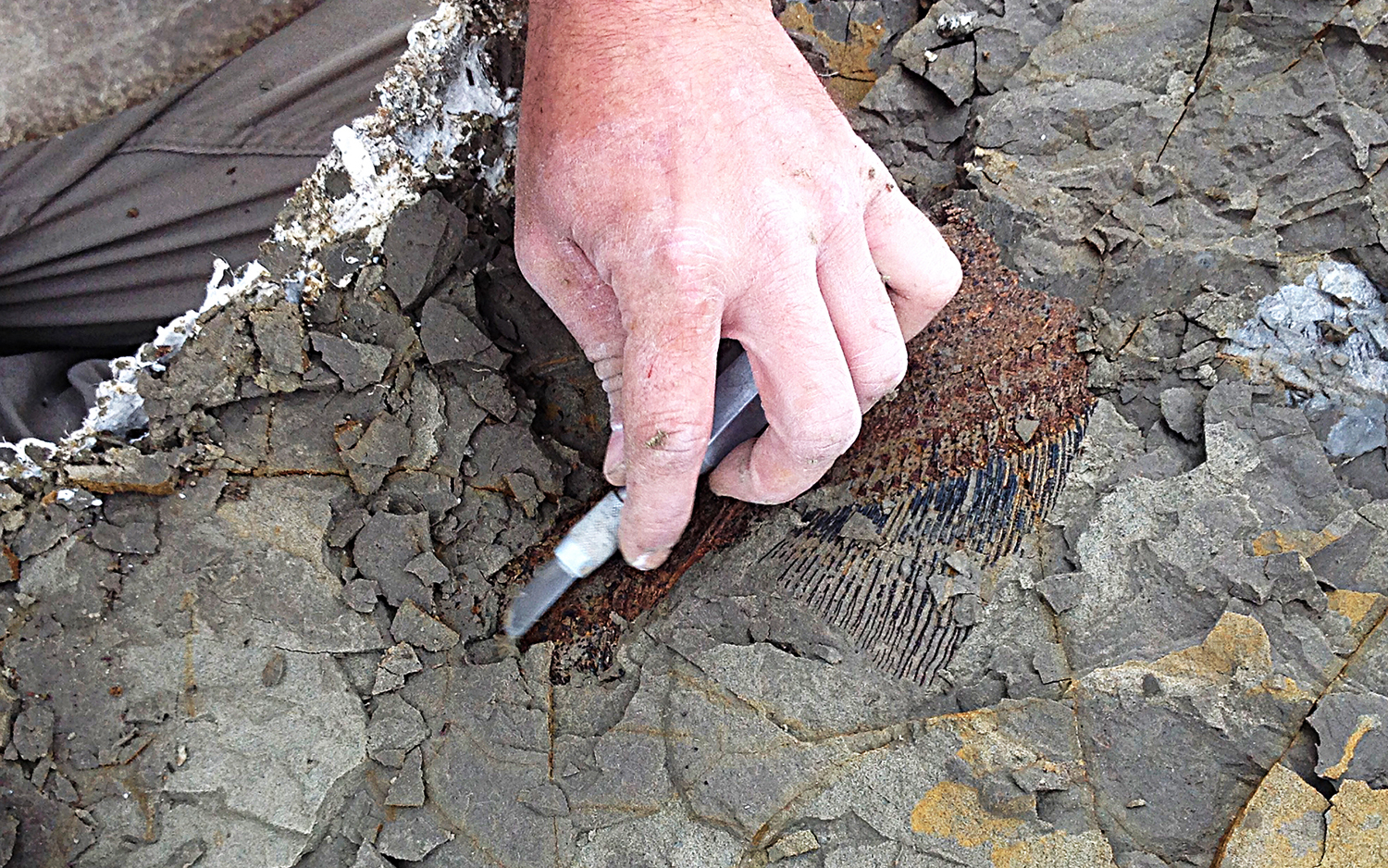
At a site in North Dakota, researchers have discovered a multitude of fossils of animals that died together about 66 million years ago. They were likely buried by an enormous wave of mud, generated by the asteroid impact that marked the end of the reign of the dinosaurs.
Read more about the Cretaceous "death pit"
Shaped by the impact
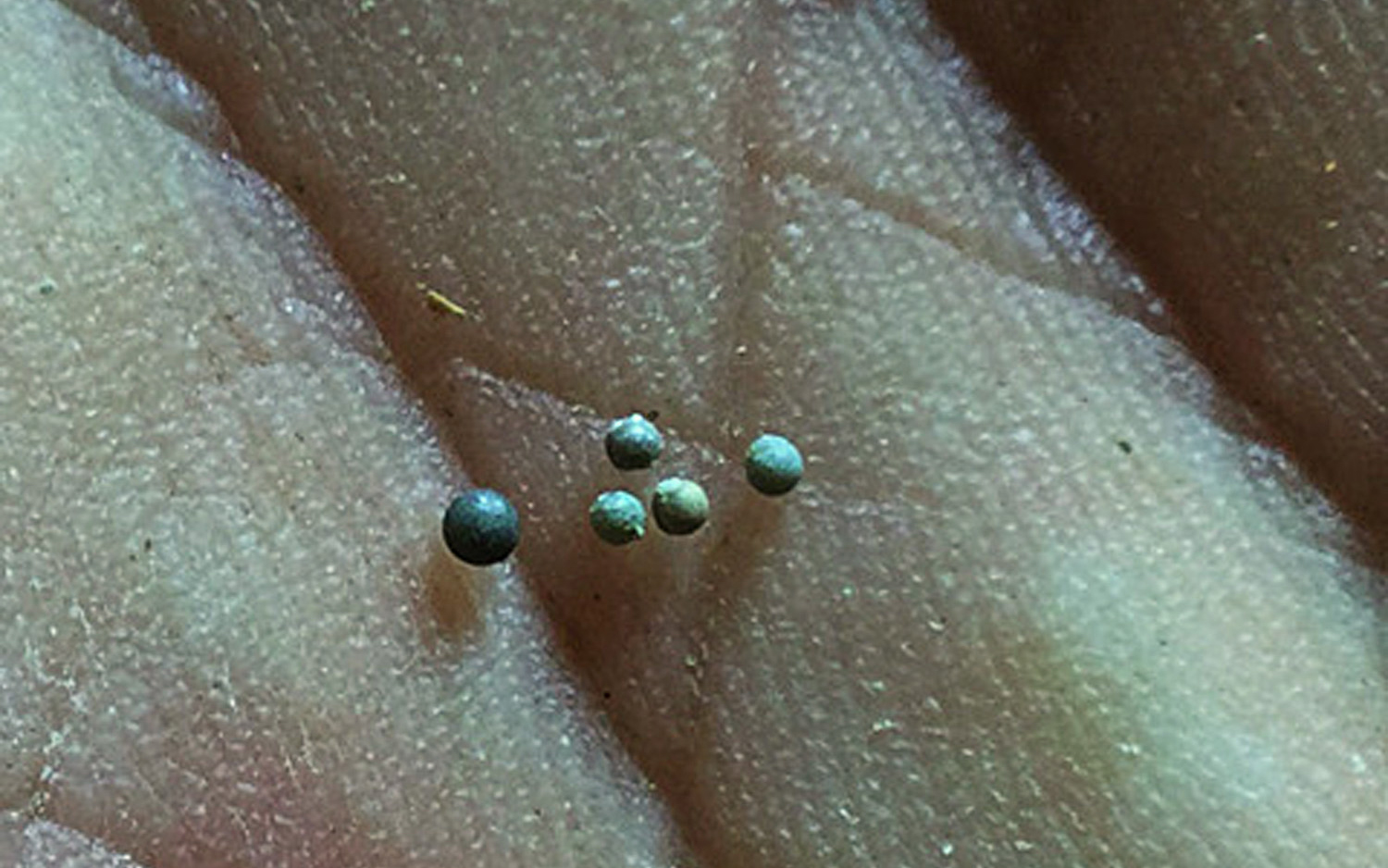
The site, called "Tanis" by the scientists, was seeded with tiny beads called spherules, formed from droplets of molten rock that were hurled into the atmosphere after the asteroid struck. They rained down into Tanis shortly before the site was buried under a wave of mud.
Glass at the center
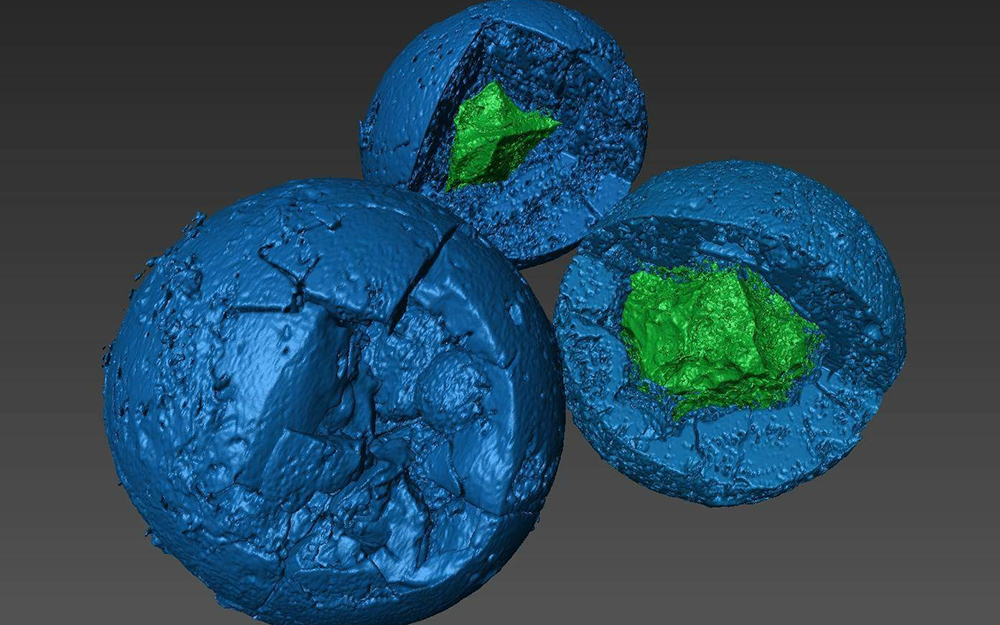
At Tanis, spherules, also called tektites, were covered with clay but had a glass core.
Caught in the gills
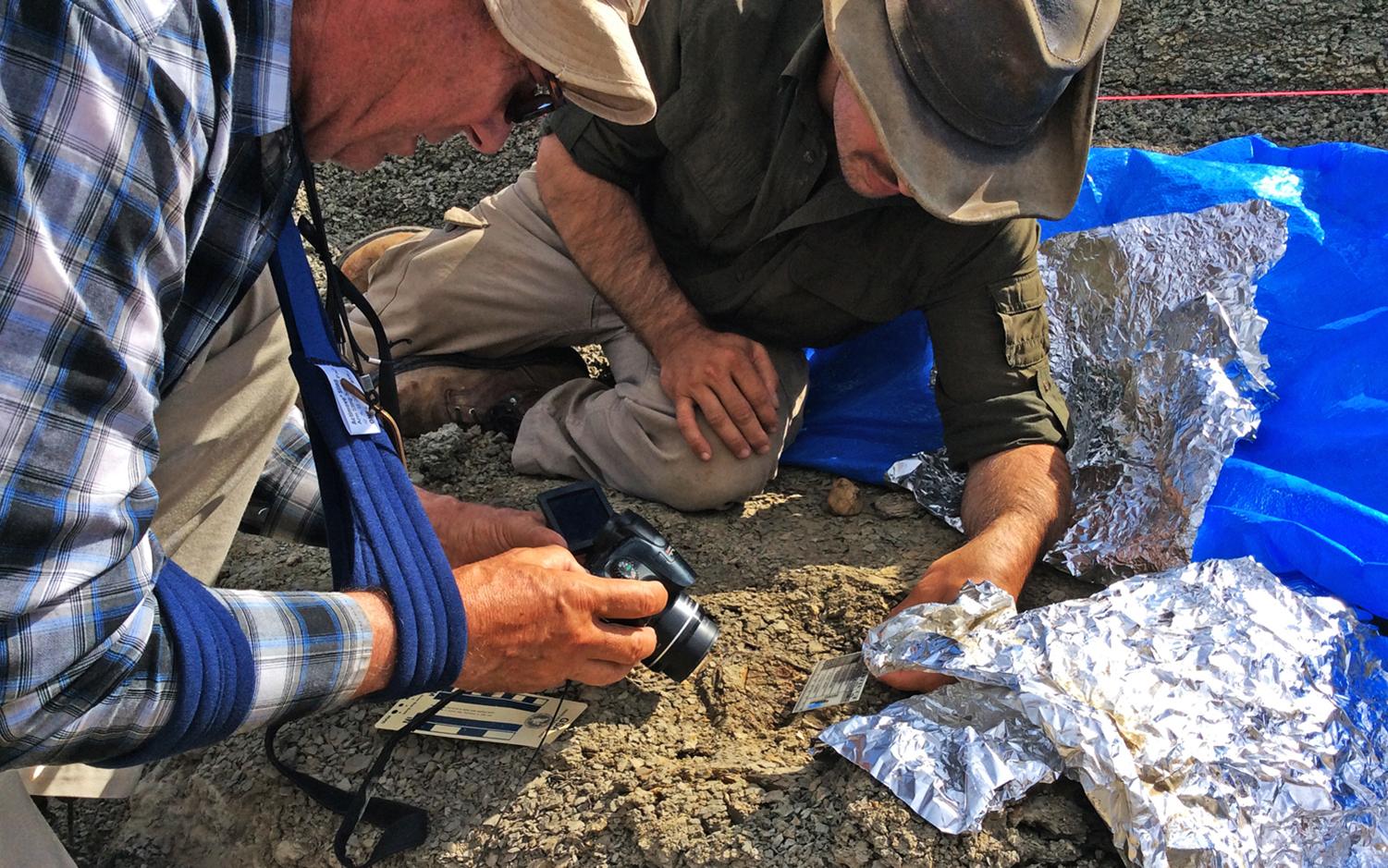
Study co-authors Robert DePalma and Jan Smit photograph freshly exposed impact spherules in fish gills at Tanis.
Rock layers
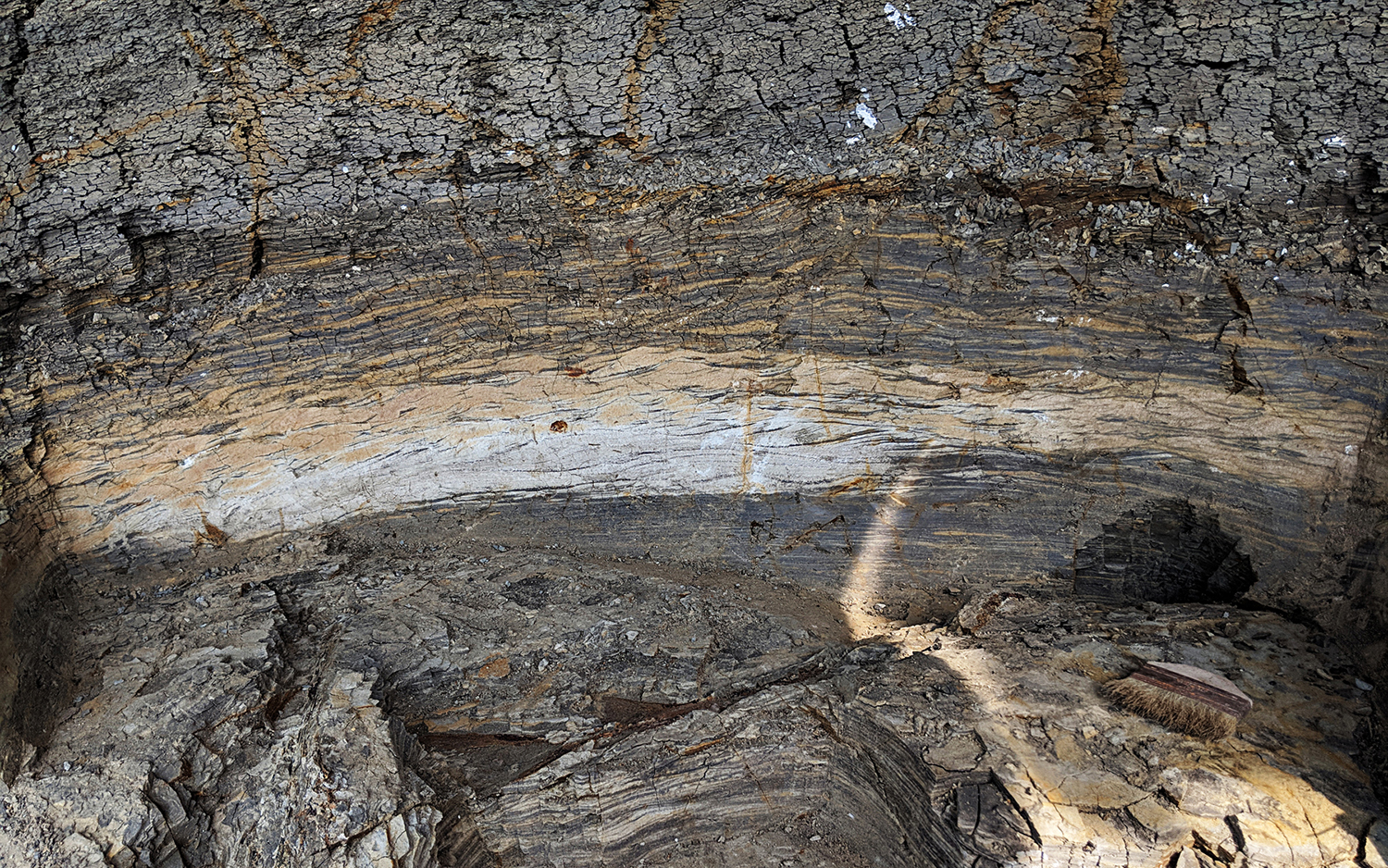
A cross-section of the Tanis deposit shows some animal fossils and layered stratigraphy from two surge pulses.
Mass death
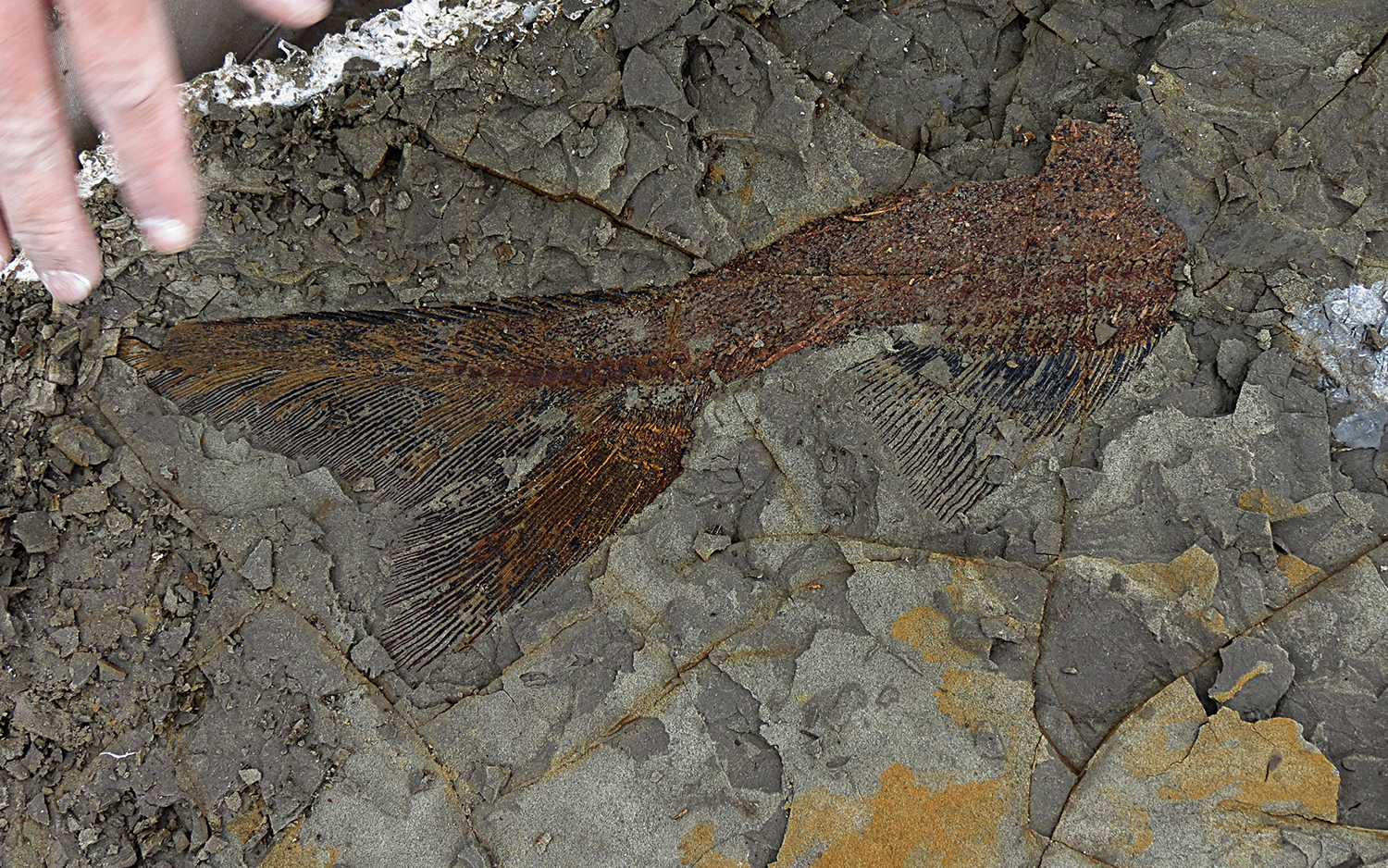
Animals that were preserved at Tanis died at the same time "on the last day of the Cretaceous," lead study author Robert DePalma told Live Science.
Sign up for the Live Science daily newsletter now
Get the world’s most fascinating discoveries delivered straight to your inbox.
Swept away
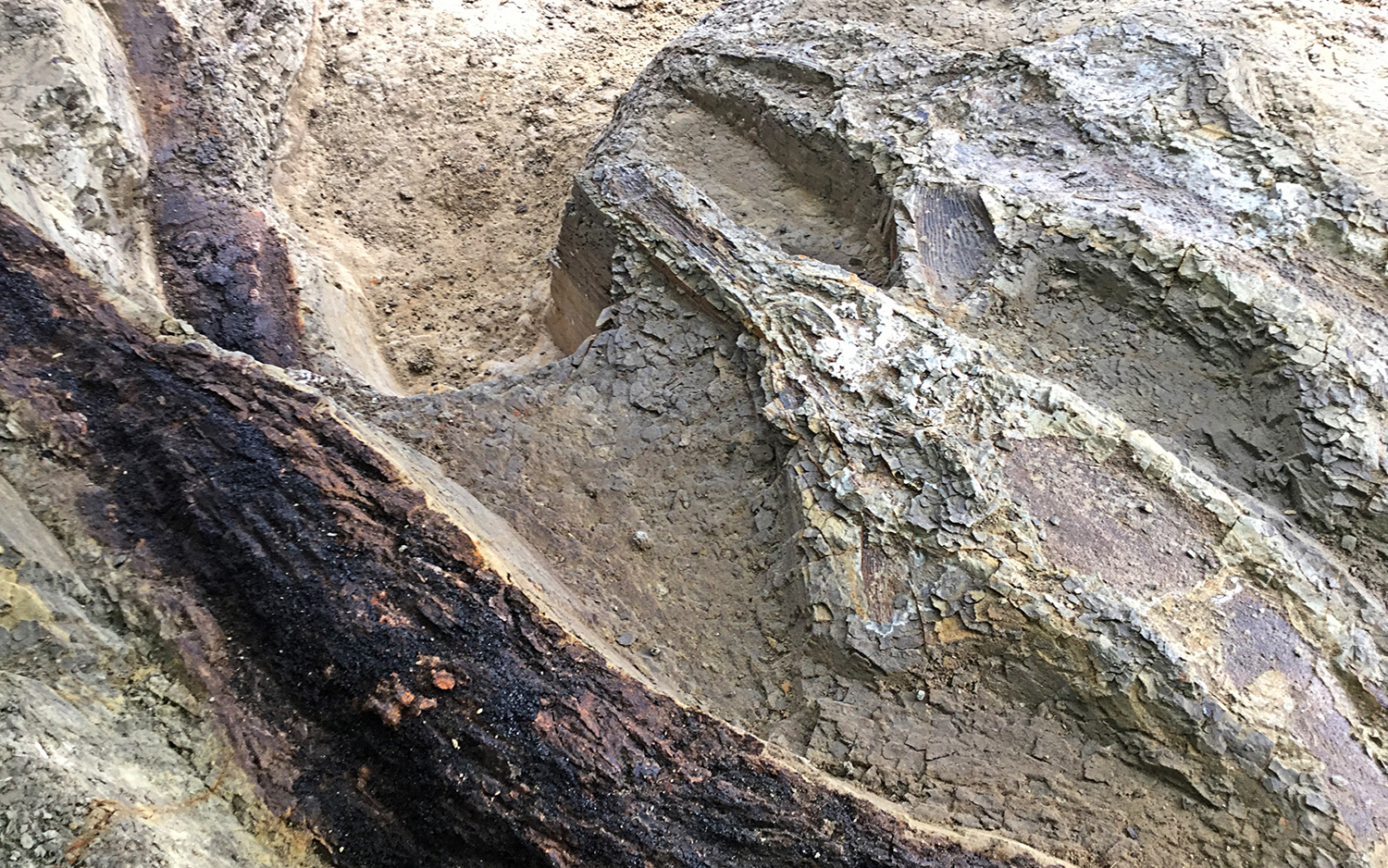
Multiple fish carcasses (R) and tree logs were tossed together by a massive inundation surge, forming part of the mass-death layer at Tanis.
Peering at the past
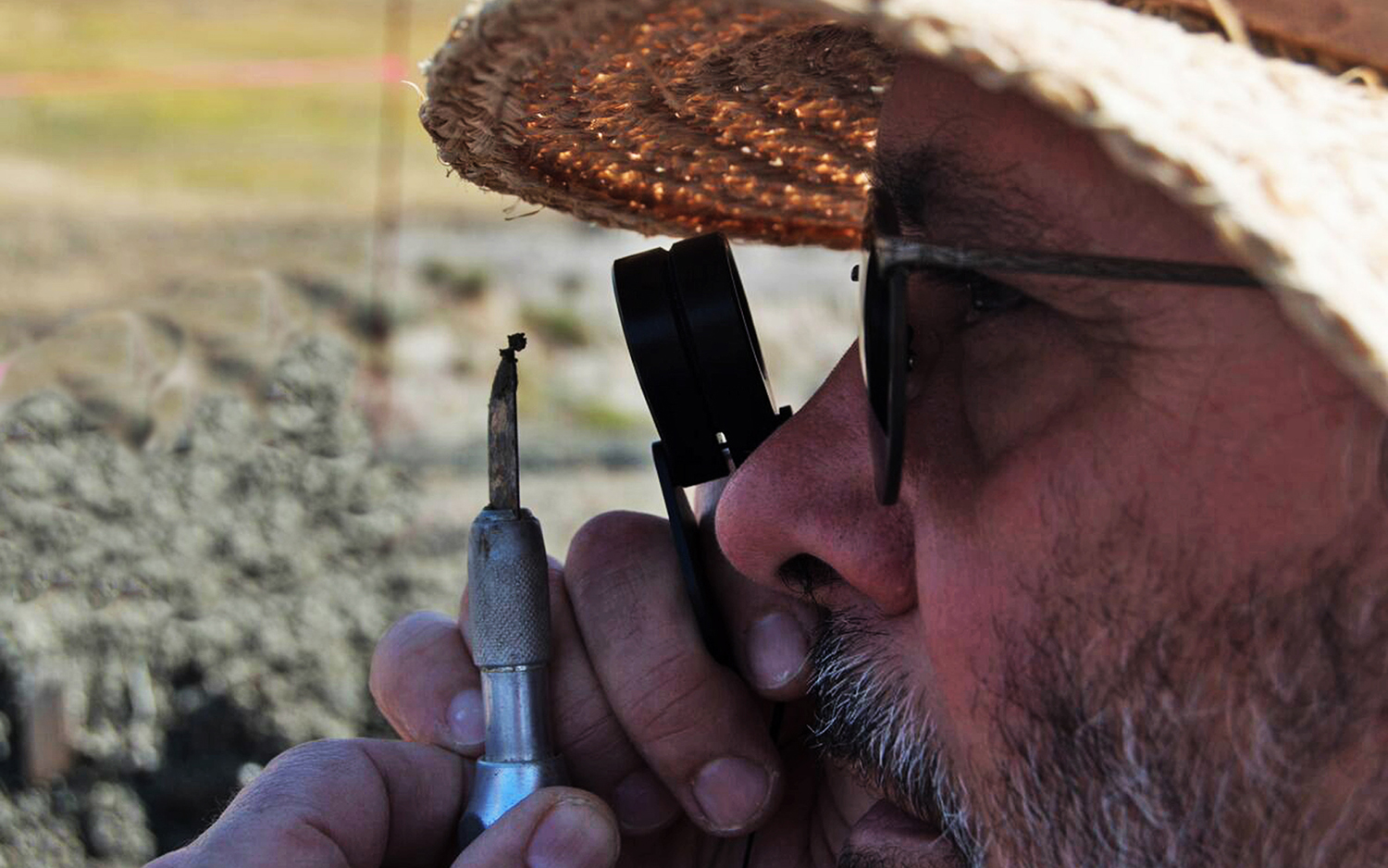
Study co-author David Burnham examines a specimen collected at Tanis.
Preserved fish
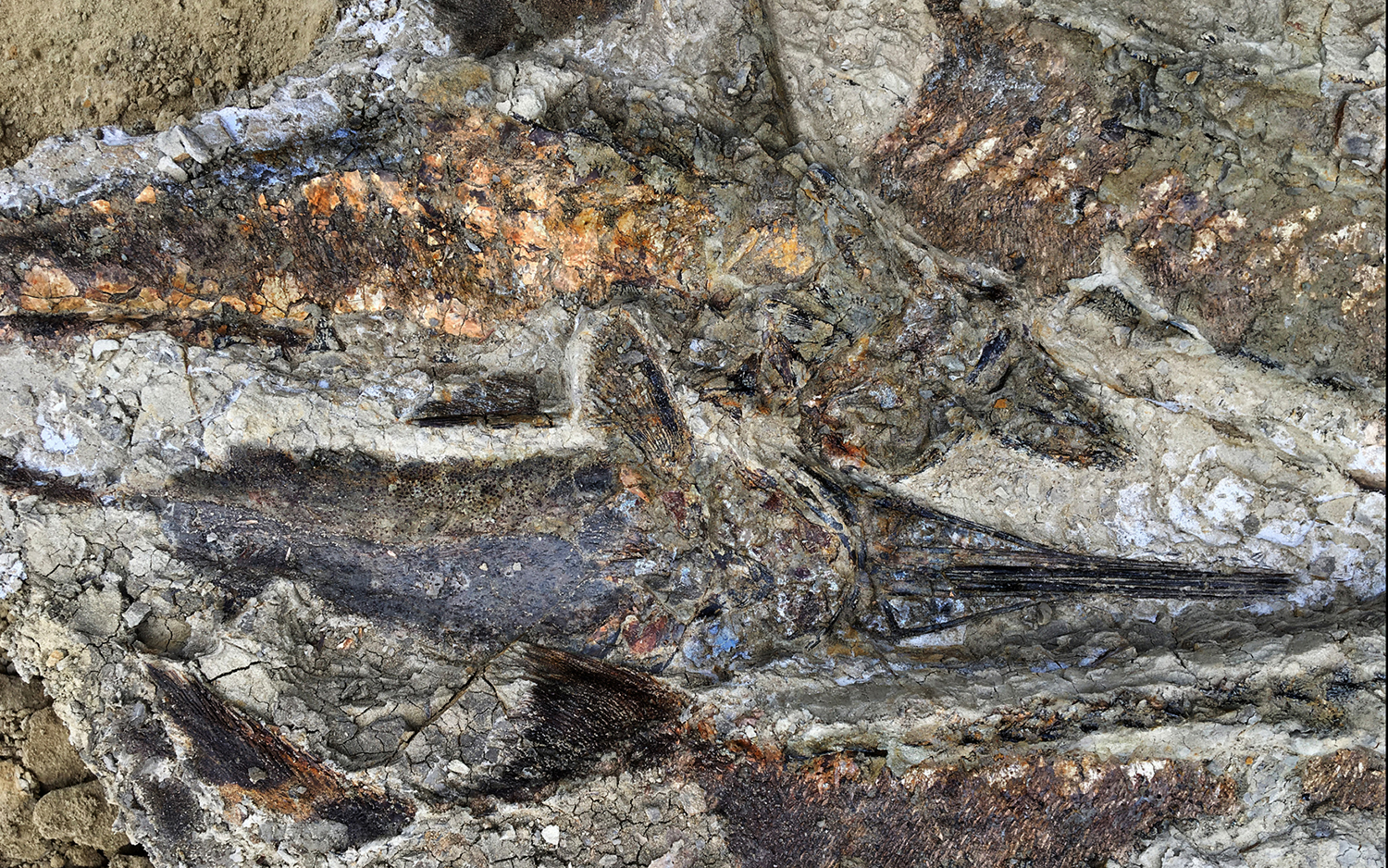
Fish that fossilized after they were buried 66 million years ago maintained a 3D shape, after their bodies filled with mud.
Asphyxiated then buried
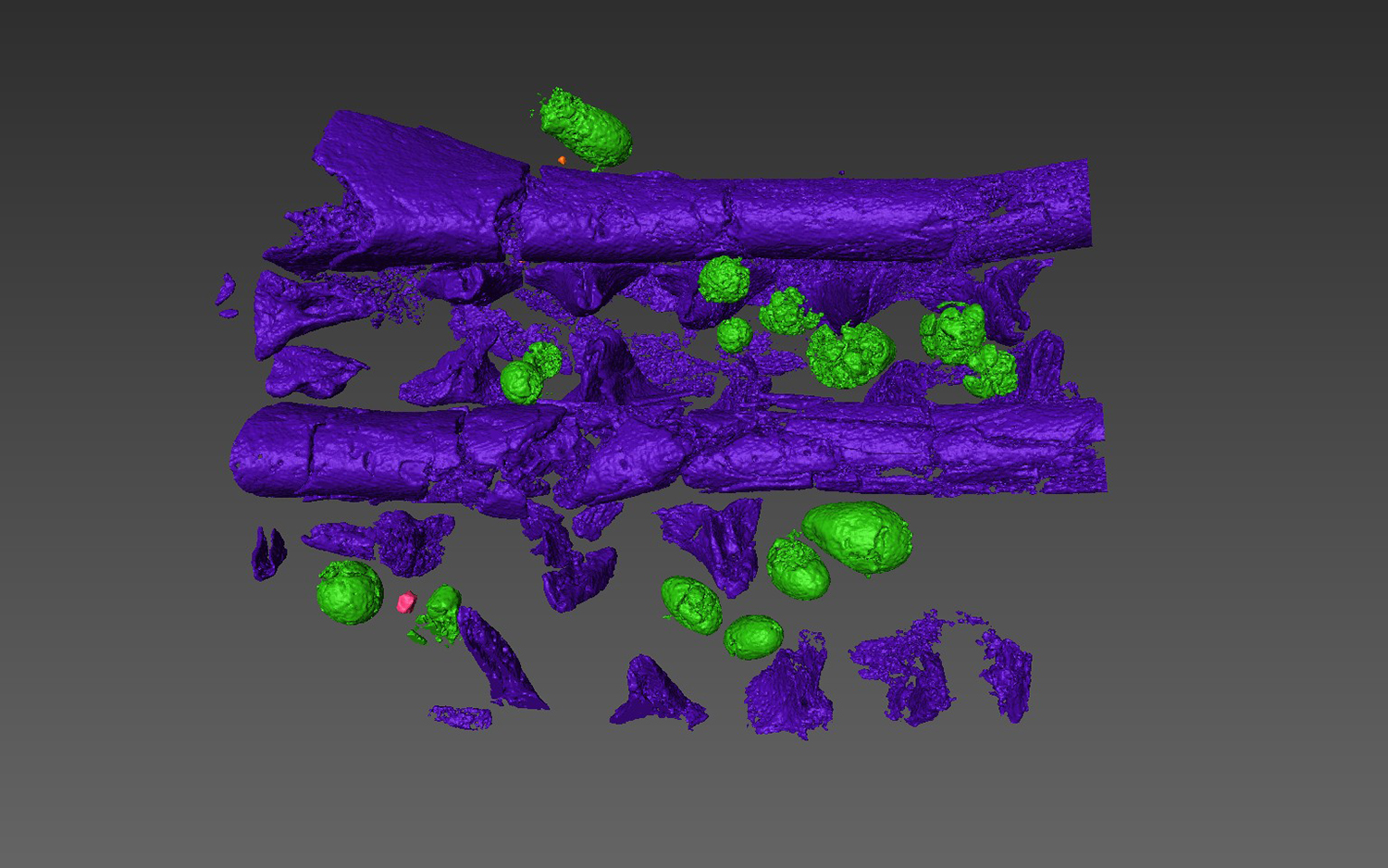
Spherules were caught in the gills of about 50 percent of the freshwater fish that the researchers examined at Tanis. The fish likely aspirated the spherules that rained down on the river valley after the faraway asteroid impact, prior to the giant wave of mud that buried them.
Marine mollusk fossil

A small fragment of fossilized shell at Tanis belonged to an ammonite — an extinct group of marine mollusks related to modern octopus, cuttlefish and squid. This and other marine fossils were swept into the river valley by an enormous wave from the sea nearby.

Mindy Weisberger is an editor at Scholastic and a former Live Science channel editor and senior writer. She has reported on general science, covering climate change, paleontology, biology and space. Mindy studied film at Columbia University; prior to Live Science she produced, wrote and directed media for the American Museum of Natural History in New York City. Her videos about dinosaurs, astrophysics, biodiversity and evolution appear in museums and science centers worldwide, earning awards such as the CINE Golden Eagle and the Communicator Award of Excellence. Her writing has also appeared in Scientific American, The Washington Post and How It Works Magazine. Her book "Rise of the Zombie Bugs: The Surprising Science of Parasitic Mind Control" will be published in spring 2025 by Johns Hopkins University Press.










